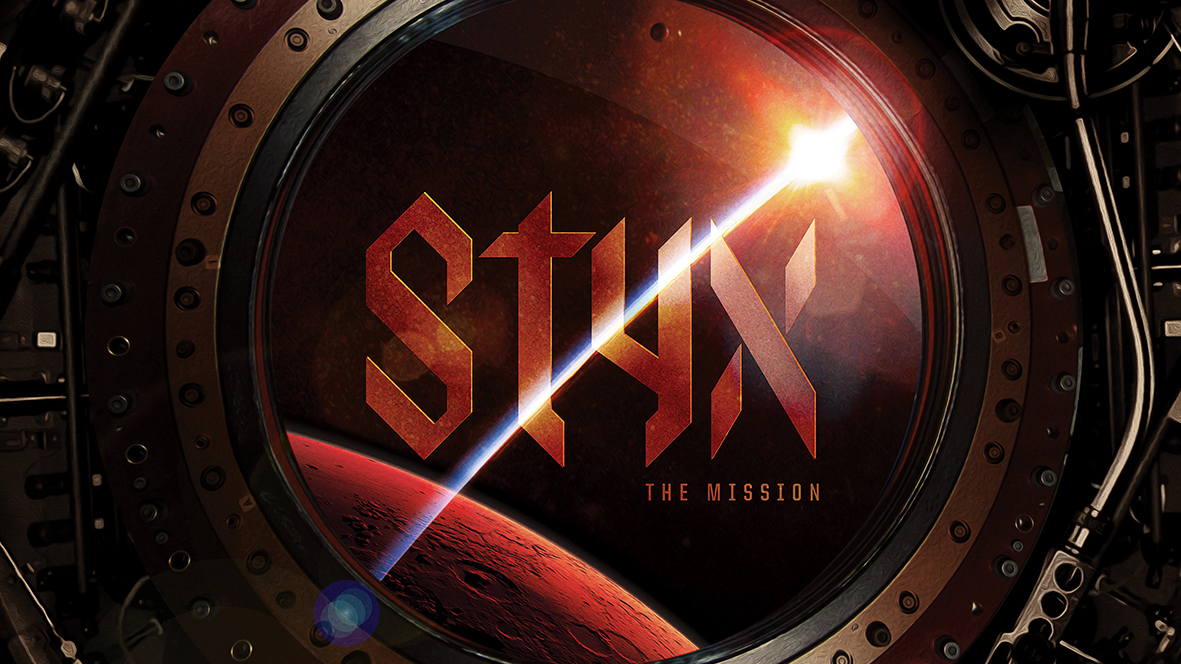The good news: this is not a Wayne Hussey tribute record. The even better news: this is in fact a good old-fashioned concept album, seemingly exhumed from a dusty attic by a doddery duffer for examination by a tweed-jacketed scholar on rock’s very own Antiques Roadshow. “Ah yes, this appears to have been released in 1972 on the Wooden Nickel label; I detect the unmistakable tones of John Curulewski’s guitar.” Wrong, Mr (so-called) Expert! The Mission ain’t no arthritic artefact – it’s brand spanking new and represents a colossal, and wholly unpredicted, return to form for Styx.
The Chicago pomp-rock pioneers have made their fair share of concept album faux pas in the past. Despite its immense US chart success, Paradise Theater (1981) was anything but paradisiacal, and Kilroy Was Here (1983) was, frankly, the work of madmen.
But The Mission is right up there with the very best of Styx, a remarkable achievement considering it’s 45 years since they signed their first recording contract. No wonder guitarist/vocalist Tommy Shaw describes it as the band’s “boldest, most emblematic album since [1978’s] Pieces Of Eight”.
Taking its cue, kind of, from the Rush opus Cygnus X-1, The Mission chronicles the trials, tribulations and ultimate triumphs of the first manned mission to Mars in the year 2033. But this is no sprawling, bloated offering: the album’s running time is a shade over 40 minutes and begins, with pleasing inevitability, with a track called Overture. From there, the various songs reflect the viewpoints of the six-person crew enlisted for the maiden voyage of the interplanetary spacecraft Khedrive.
Keysman/vocalist Lawrence Gowan lays the ghost of his predecessor Dennis DeYoung firmly to rest with a ridiculously flamboyant display, but the stars of the show are, as ever, Shaw and fellow guitarist/vocalist James ‘JY’ Young. The best bits of Styx have always been when JY’s guitar cuts through the cloying sentimentality with insensitive bludgeon – check out his wah-wah heroics on Trouble At The Big Show for proof.
Elsewhere, the serene Locomotive has hints of Styx classic Boat On The River; Khedrive is a prime time example of cosmic classicism; The Red Storm shows Styx can do meandering prog with the best of them; and Gone Gone Gone is reminiscent of a preening Deep Purple.
What more is there to say, except the serpent has risen. Again.

